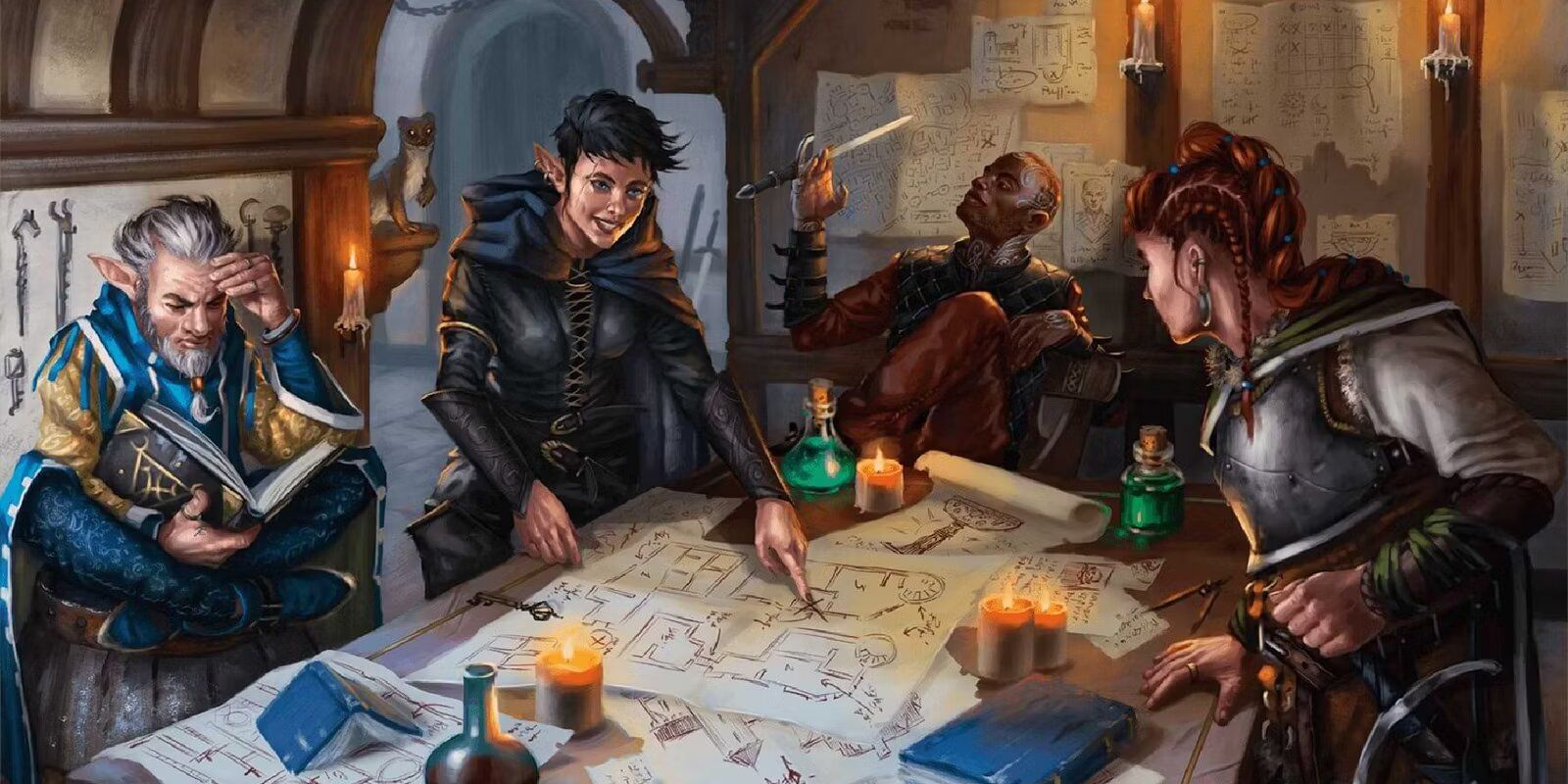Travel
Dungeons & Dragons: How To Handle Travel And Rests
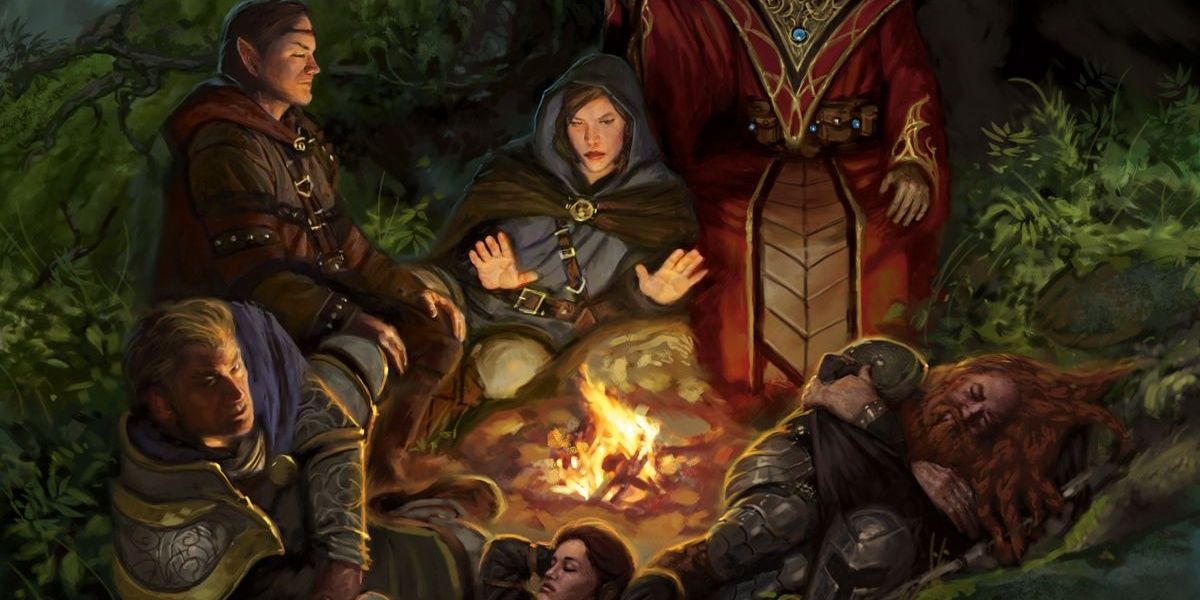
Summary
- Spice up in-game travel with descriptive language, checks, weather, and terrain puzzles to keep players engaged.
- Break up the monotony of travel with NPC encounters and dynamic weather conditions to add intrigue.
- Enhance rest periods with items, skill learning opportunities, and random tables to make downtime more interesting.
Even in Dungeons & Dragons, adventuring involves a lot of travel. Unless the party finds some sending stones or other means of fast travel, they’re going to be walking or riding somewhere far away, eventually. Travel is an unavoidable part of the journey — even in a fantasy world, folks have got to walk places. Travel is just a fantasy reality, but it doesn’t have to be boring, slow, or un-fun. There are many ways to make travel interesting, exciting, and even engaging.
Another reality of travel is that lots of time on the move means lots of time on the mend. Rest is another unavoidable component of D&D, and it’s a necessity of travel. But rest in D&D is actually a rich chance to do lots of interesting things besides just sleep. Learning how to augment and enhance travel and rest can keep gameplay exciting no matter how sleepy the PC party is.
Start With Detailed Narration To Engage The Players
Spice Up In-Game Travel With:
- Descriptive, beautiful language
- Interesting sights and sounds in the distance
- Perception, Survival, Investigation, and Nature checks
- Dynamic weather patterns
- Dynamic terrain puzzles
- Random Tables

15 Fey Type Monsters To Add Whimsy To Any D&D Campaign
The Feywild is home to a stunning array of creatures large and small, including a few that make perfect antagonists for any Dungeons & Dragons party.
For a lot of gaming groups, travel between key locations can be an unwanted or even boring experience. The party has to take time walking through a purposefully uninteresting patch of the map to get to the next narratively significant location. Travel that feels empty can be fatal for fun, and this mechanic simply doesn’t have to be this way. It can be every bit as engaging and involved as every other aspect of gameplay. It might not pack all the punch of combat, or all the intrigue of hunting after a mystery, but it can certainly be fun in its own right.
Creatively handling travel only involves a few fair twists put in place by the DM. Engaging travel has to involve more than just descriptions of the party traveling. However, DMs shouldn’t underestimate the power of good, descriptive narration, as this is unarguably an important part of travel. The DM will need to describe the scenery, terrain, weather, and interesting locales that the PC party passes on their travels. This is a big first step in making travel more than just downtime between key locations. The players should be called on every now and then to make Perception or Nature rolls and rewarded with something unique or exceptionally descriptive for their troubles.
The Dynamic Duo Of Travel: Weather & Terrain
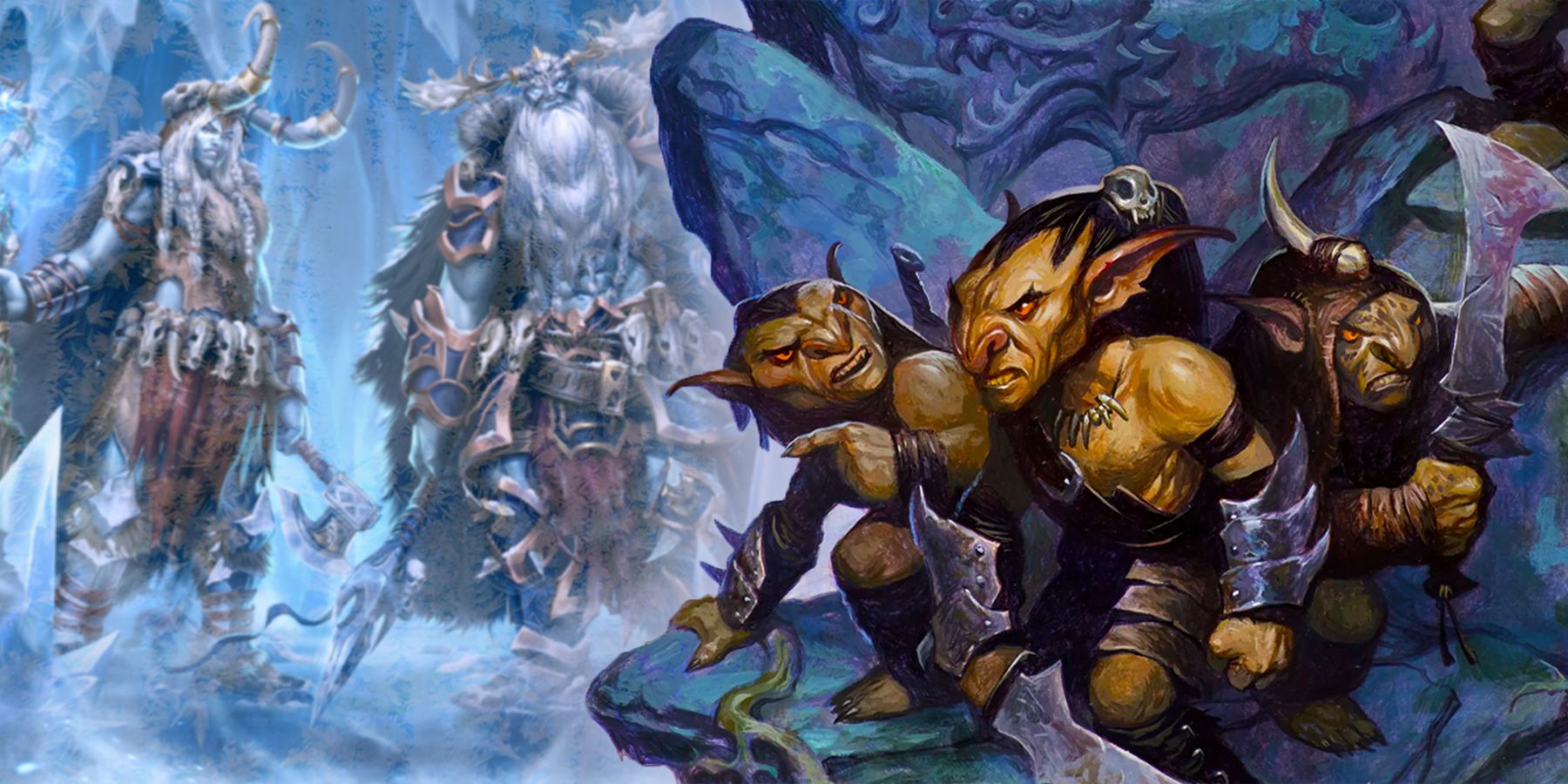
17 Best D&D Adventures You Can Finish In One Night
D&D campaigns can be great fun, but sometimes a party wants to get a whole story under their belt in just one evening of adventure.
There are a few more relatively easy ways to go beyond just pretty, descriptive narration, however. Poetry in motion only goes so far in keeping everyone at the table engaged, but it shouldn’t be left out. Something as simple as adding dynamic weather patterns to the game where appropriate can bring travel and downtime to life. Have the weather and climate be alive in-game. Is the local tavern on fire? What if it’s located in a rainy part of the region, or it’s the winter rainy season? Does the PC party all like to wear heavy cloaks to disguise themselves? Maybe they’re walking through an exceptionally hot and dry part of the map. Now they need to change gear or rest more often to survive.
Dynamic weather conditions can add lively little quirks to gameplay not just while traveling, but at any time. It’s not always clear skies and sunshine, even amid an adventure! It’s easy to go one step beyond dynamic weather and make the terrain dynamic, too. For example, the DM can create a non-combat encounter that puts players at odds with the terrain. Suddenly the PC party is face-to-face with a sheer, sharp cliff face. Now they have to climb without taking damage from rocks or falling. This will require Strength, and Athleticism rolls to successfully scale the cliff face. Maybe they stumble across an unexpected swampy marshland. The PCs will need to roll Dexterity and Acrobatics checks to navigate through the murky bog.
Encounters With NPCs Break Up The Monotony Of Travel
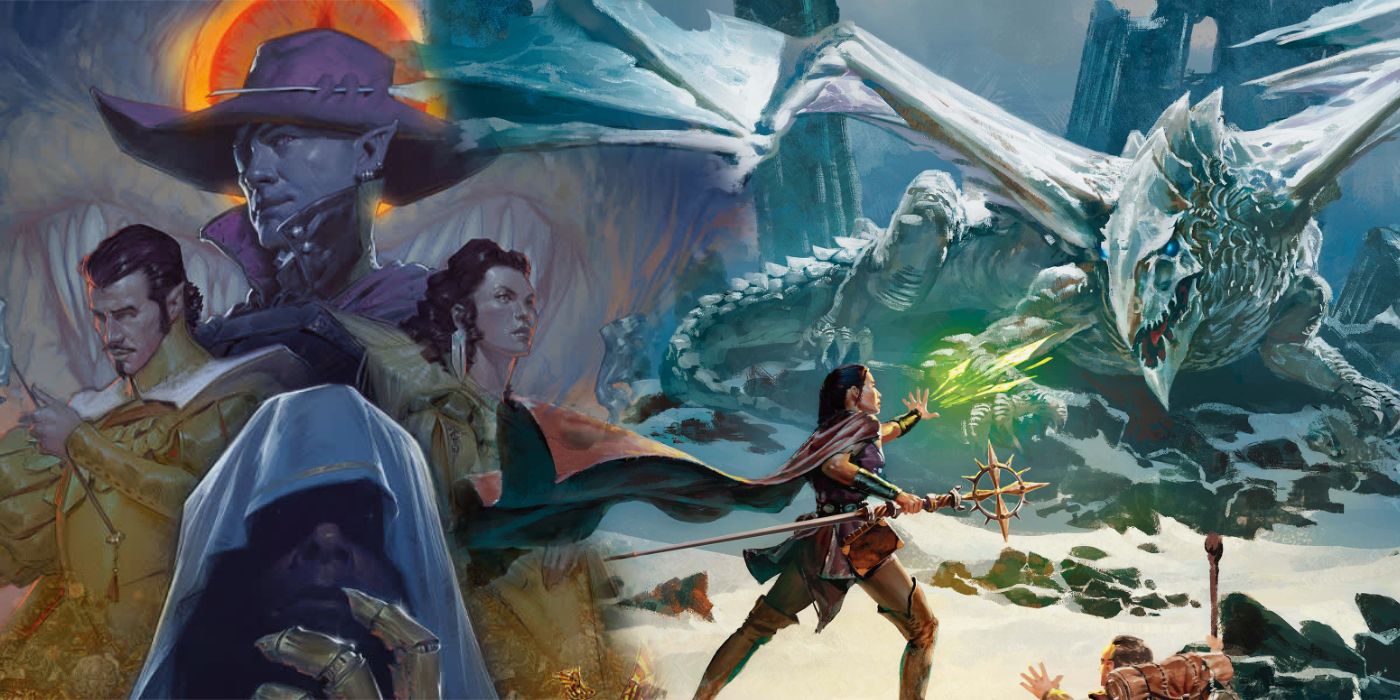
7 Easiest (& 7 Hardest) Premade D&D Campaigns for New DMs
Dungeons & Dragons 5th Edition has a number of wonderful pre-made campaigns perfect for new DMs, but others are better left to the veterans.
By just making the weather and the terrain alive, the DM has added opportunities for dice rolling and keeping the party engaged while traveling. But it doesn’t stop there. The DM looking to make long travel times truly exciting can add Travel Encounters. Determine how long the party may be traveling. For every 2 to 4 hours of travel add a Travel Encounter. Perhaps the party meets a wandering merchant, or a young couple in distress, or maybe a pack of wolves or bandits.
Travel Encounters are easy enough to add to the game. Simply generate a Random Travel Encounter Table. Create 20 encounter scenarios that fit the area of the map the PCs will be traveling across. It won’t necessarily make things more fun to have Lava Monsters attack the party in the middle of a frozen lake. But, hey, a frozen lake is a good opportunity for a terrain puzzle or a yeti attack! Once the list of 20 appropriate Travel Encounters is generated, simply roll on that table at designated intervals of in-game travel time.
While that’s being done, go ahead and randomize weather and terrain puzzles, too. Pay close attention to the areas of the map the PCs will be traveling to and make a Random Weather Table and a Random Terrain Table. With just three simple tables, travel is now an exciting mystery even for the DM! This will keep a journey of any size engaging in any scenario.
Getting Some Much-Needed Shut-Eye: The Two Types Of Rest
Add Interest & Engagement To Rest Periods & Breaks By:
- Equip the PC Party with interesting items like medicine kits or healing potions to improve their HP
- Equip the party with food, drink, and books that can be used to acquire stat boosts
- Equip the PC party with magic items to learn about or attune to
- Generate Random Tables to enhance Rest periods like Random Encounters, Random Rest Occurrences, Random Rest Sightings

D&D: 10 Essential Rules New Players Need To Know
Dungeons & Dragons can be an intimidating game for new players, but thankfully, the basics are pretty simple to nail down after a session or two.
As if rest wasn’t unappealing enough to some players, there are two different types of rest. However, don’t let this be discouraging or strike fear of boredom, as rest is a fun mechanic that can add a lot to the game. It isn’t a boring necessity that needs to happen between sessions. Rest is an opportunity for a lot of fun things that don’t otherwise make it into the game.
The two types of rest are a long rest and a short rest. A short rest is a basic break. It’s glorified lunchtime, a minimum of 1 hour long and roughly up to four hours. Players are allowed to do nothing more involved than tending wounds, reading, eating, drinking, meditating, or the like. During this short rest players have the option to perform a limited amount of healing by rolling hit die.
Long rests are a bit more complicated. They must be a minimum of 8 hours long, and players can sleep for at least 6 hours, and do no more than 2 hours of light activity. Light activity includes what is mentioned in a short rest, plus standing watch or something equal in involvement. If a long rest gets interrupted for any reason by more involved activities like fighting or walking, the clock has to start all over again. At the end of a good long rest the PCs regain all their lost hit points and up to half of their hit die. A PC must also be conscious to benefit from rest, i.e. has at least 1 hit point, and can’t long rest more than once every twenty-four game hours. Players and DMs can learn more aboutresting on page 186 of the Player’s Handbook, and there are further rest variants for the DM to play around with on page 267 of the Dungeon Master’s Guide.
What Can Players Do On A Rest?
There’s much more to do during a rest than just sit around or sleep. There’s eating, drinking, talking, meditating, studying, attuning, reading, strategizing, and the list goes on. Players can do anything on a rest, long or short, that isn’t too strenuous or involved. This gives the players and the DM plenty of time to get creative. Handling rest as the DM leaves room for way more than just describing the scene where the PC party decides to stop and take a break.
One productive activity during rest is for players to identify or attune any loot they may have picked up along the way. These activities will naturally take some time, and the DM can also inject a bit of intrigue by tying plot threads to a mysterious magical item that the party acquired on their adventures. Rests are usually the downtime players take to investigate such items, so this is a natural point for the DM to give the players any hidden details for the loot they may have prepared ahead of time.
There are ways to get even more creative, however. Long rests, especially if there is frequent need or usage of them, can be a great opportunity to augment gameplay by taking the downtime to learn new skills or languages. Perhaps the PC Bard wants to learn how to use thieves’ tools. All they have to do is buy a set and study and practice with them during the long rests for an amount of time the DM deems acceptable. Now the PC Bard can use thieves’ tools in addition to their many instruments and other skills, just as one example.
This same mechanic can be used with books of mysterious or educational origin. Say a PC has a low History proficiency, but they pick up a History book and study and read it every long rest. After a few rest periods of study, the DM could now give them a +2 to all History checks because they read the book. The same can be done with any language a PC may want to learn — all the player would need to do is acquire the appropriate book and study it for the requisite amount of time. Then, bingo, the PC has learned a new language. These are seemingly simple or mundane details, but utilizing them can have a major impact on gameplay. The possibilities are endless.
Once again, rest is a fun and fine time to make use of random tables, which the DM can populate with random encounters, random rest occurrences, and random rest sightings. Whatever kind of experience the DM wants to add to rest periods, they can generate a random table that will suit them. Rest is also the place to satisfy any hunger, thirst, or survival mechanics that may have been added to the game. Long rests can also easily be turned into level-up sessions if it’s too difficult for the PCs to do between sessions.
While travel and rest may seem like parts of Dungeons & Dragons to brush over, they are downright rich with opportunities for fun, engagement, and game enhancement. So much can be done during travel or rest periods to keep players involved, keep the game alive, and change the way the game is played. Don’t neglect the power of a nice walk or a long nap, even in D&D!
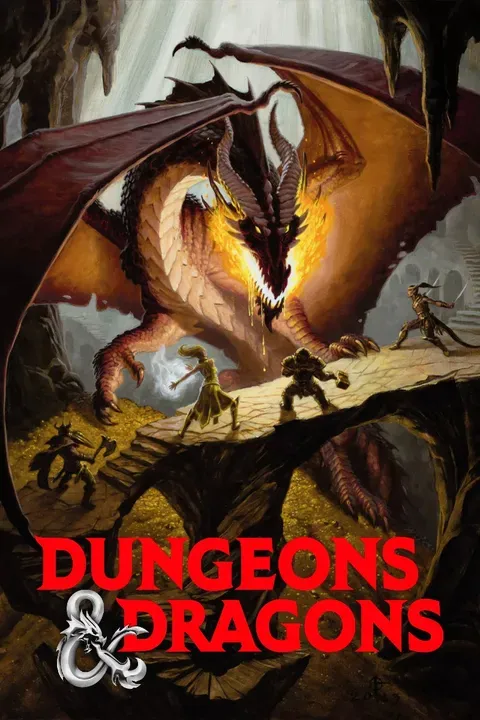
Dungeons and Dragons
A fantasy roleplaying tabletop game designed for adventure-seekers, the original incarnation of Dungeons & Dragons was created by Gary Gygax in 1974.
- Franchise
- Dungeons & Dragons
- Original Release Date
- January 26, 1974
- Publisher
- Wizards of the Coast , TSR Inc.
- Designer
- E. Gary Gygax , Dave Arneson
- Player Count
- 4-8 Players Recommended
- Age Recommendation
- 12+
- Length per Game
- 3 hours +
- Expansions
- Dungeons & Dragons 2nd Edition , Dungeons & Dragons 3rd Edition , Dungeons & Dragons 4th Edition , Dungeons & Dragons 5th Edition


